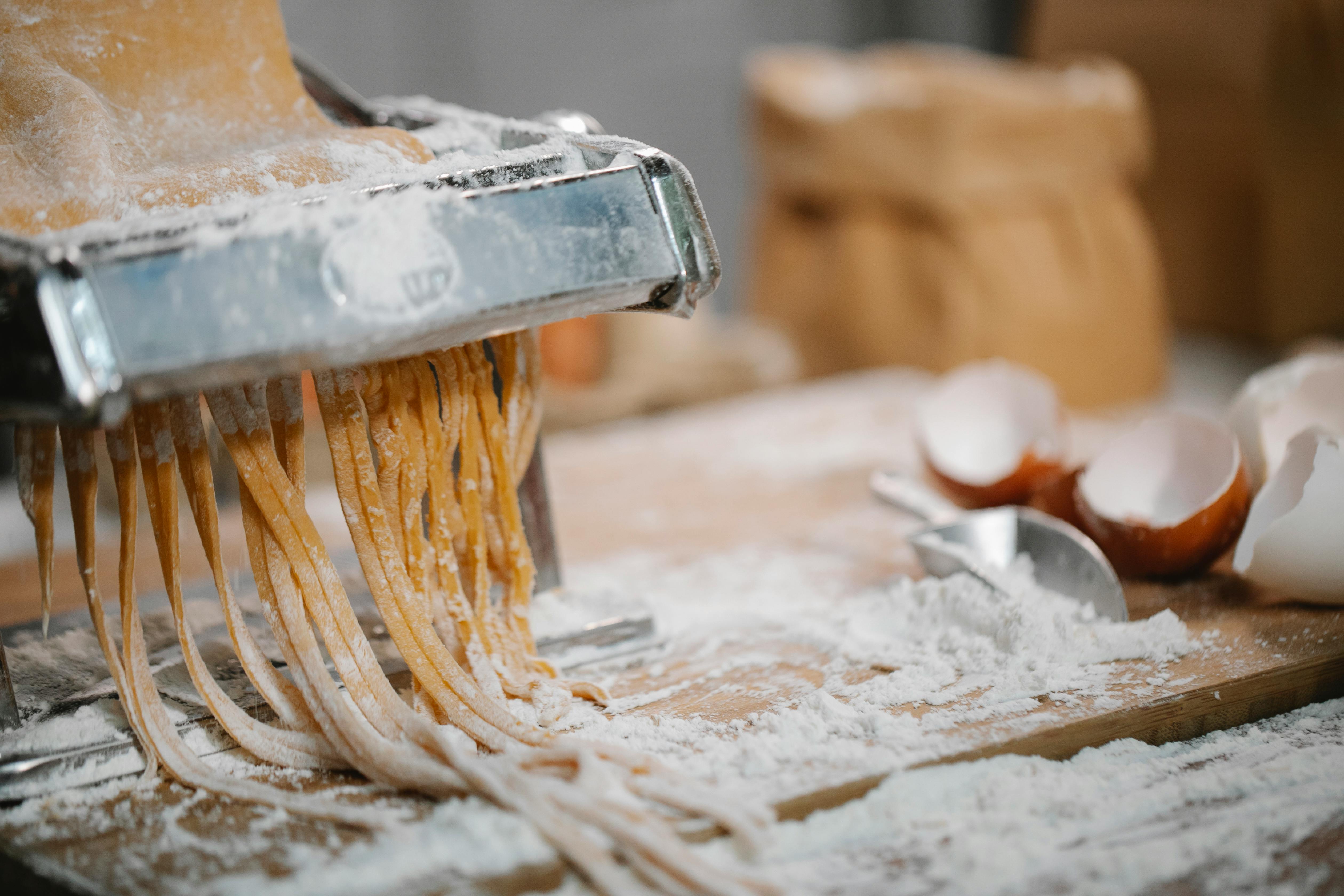
Tile Adhesives
Ceramic tiles must be fixed to the wall with a special adhesive for ceramic tiles, which can be purchased already mixed in tubs or as a powder to be mixed with water. An adhesive spreader usually comes with each bottle. To estimate the amount of adhesive you need, calculate about a quart of the pre-mixed types for every square meter or meter and a half of tile.
Old tiled surfaces provide a firm, flat surface and can be tiled over with no problem. Make sure the old surface is completely free of grease and dirt and replace any tiles that are loose or have fallen off.
The old plaster must be firm. The new plaster must be allowed to dry for a month. Apply the tiles only over the finishing plaster, never over the base coats. (Finishing plasters are fine in texture; basecoats are generally much thicker.) Old plaster and plaster are also good surfaces to tile to, as long as they are dry, firm and flat. Leave new masonry and plaster for at least two weeks before tiling.
Glossy painted surfaces will accept tile, as long as it is sound and clean. Check the adhesion of the glossy paint to the surface below by placing strips of self-adhesive tape firmly and then quickly tearing them off. If some paint comes off, the surface is not in good condition. Remove old wall coverings and faded surfaces before laying the tiles.
Blockboard, chipboard, MDF, gypsum board and plywood can be covered with tiles as long as the surface is rigid and does not flex. The boards must be supported by a rigid frame. Natural wood expands and contracts as its moisture content changes. Ordinary tile adhesives may not be able to cope with this movement; use a flexible tile adhesive.
Most ceramic tile adhesives will work on fairly hot surfaces, but around a fireplace it might be better to use a heat resistant adhesive. Where tiles are likely to be splashed or come into contact with water (around bathtubs, sinks, sinks, and showers), a waterproof adhesive should be used.
Combination adhesives/grouts are available in standard and waterproof forms. These are difficult to remove from the face of the tile if allowed to set, so they should be cleaned immediately.
If the surface to be tiled has lumps or irregularities, a thick-set adhesive can be used to smooth it out, but it is not particularly easy to use.
Once the ceramic tiles are on the wall, the spaces between them must be filled with grout of a thick paste that dries hard. It is available pre-mixed or in powder form; once again, the tub or pack should provide the expected coverage: approximately 0.5 kg of grout powder for every two square meters of tile. Mosaics need more. Some grouts have fungicides added to prevent mold growth. To apply grout, you need a squeegee or sponge.
Cork tiles can be glued with contact adhesive, which should be applied to both the surface of the wall and the back of the tiles, or with a cork tile adhesive applied to the wall only.
Metallic and mirror tiles can be fixed in place with small double-sided self-adhesive pads, sold with the tiles, allow four or five pads per tile, or with an adhesive. Contact adhesives can be used, but some tile manufacturers produce special adhesives for their own tiles.
Imitation brick and stone tiles made with fired or pressed material can be glued to the wall with ceramic glue or mortar. Special grout mortar or powder (available from tile supplier) should be used to mark the spaces between tiles. Faux tiles of this type made of plastic can be glued down with plastic tile adhesive, the kind used to fix expanded polystyrene ceiling tiles.